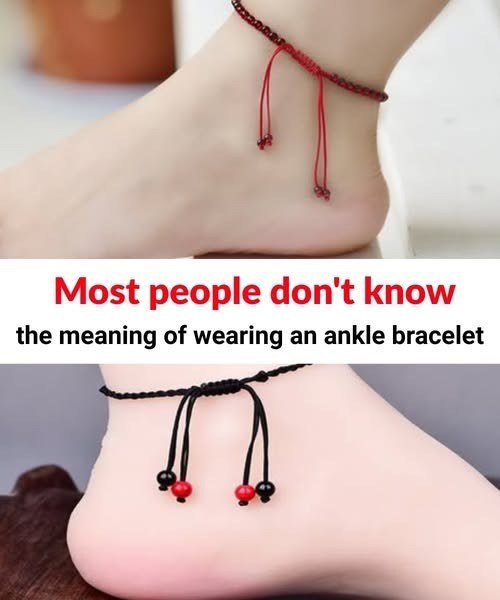The ankle bracelet may look like a simple accessory, but it carries centuries of meaning. Once loaded with cultural and spiritual symbolism, the anklet has evolved into a contemporary fashion staple—graceful, versatile, and often deeply personal.
Ancient Origins: More Than Decoration
In ancient Egypt, anklets were more than jewelry. Crafted from gold, silver, or beads, they signified both wealth and protection. The elite flaunted intricate designs, while workers wore simpler versions, sometimes fitted with tiny bells that doubled as insect deterrents and spiritual charms.
In India, silver anklets—payal or pajeb—became central to marriage traditions. Brides received them as blessings of prosperity and fertility, their soft jingling thought to ward off evil and announce a woman’s presence. Some were so heavy and ornate they served as symbols of both artistry and social rank.
Other cultures gave the anklet their own twist. In Mesopotamia and Rome, jeweled anklets marked status and were worn at feasts and public gatherings. In the Arab world, literature like The Arabian Nights linked anklets to sensuality and rebellion, giving them more layered—and sometimes controversial—meanings.
Modern Reinvention: From Ritual to Runway
Today, anklets are less about symbolism and more about style. They’ve become a summer staple, paired with sandals, sneakers, or even heels. Fashion houses release sleek gold chains, while handmade markets offer bohemian designs with shells, beads, or charms. Personalized anklets—zodiac signs, initials, or milestones—transform them into statements of identity.
The old rules—left ankle vs. right, married vs. single—have vanished. Wearers today choose based on comfort, aesthetics, or mood. For many, anklets represent freedom, flirtation, or simply a touch of individuality. They remain especially popular in festival fashion, bridal wear in South Asia, and resort-inspired looks worldwide.
Reclaiming Meaning
While fashion drives the trend, some are also reclaiming the anklet’s cultural weight. Designers and wearers alike use traditional motifs to honor heritage, or stack modern anklets as personal symbols of growth and self-expression.
A Timeless Detail
From temples and weddings to beaches and runways, anklets have proven their staying power. They carry the echo of history while adapting to every trend, every era. Whether worn as a nod to tradition, a fashion flourish, or a quiet personal statement, anklets remind us that even the smallest adornments can tell the richest stories.
So next time you fasten one around your ankle, you’re not just adding an accessory—you’re stepping into a tradition thousands of years in the making.


